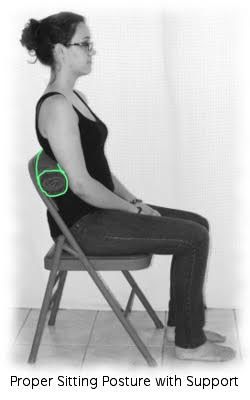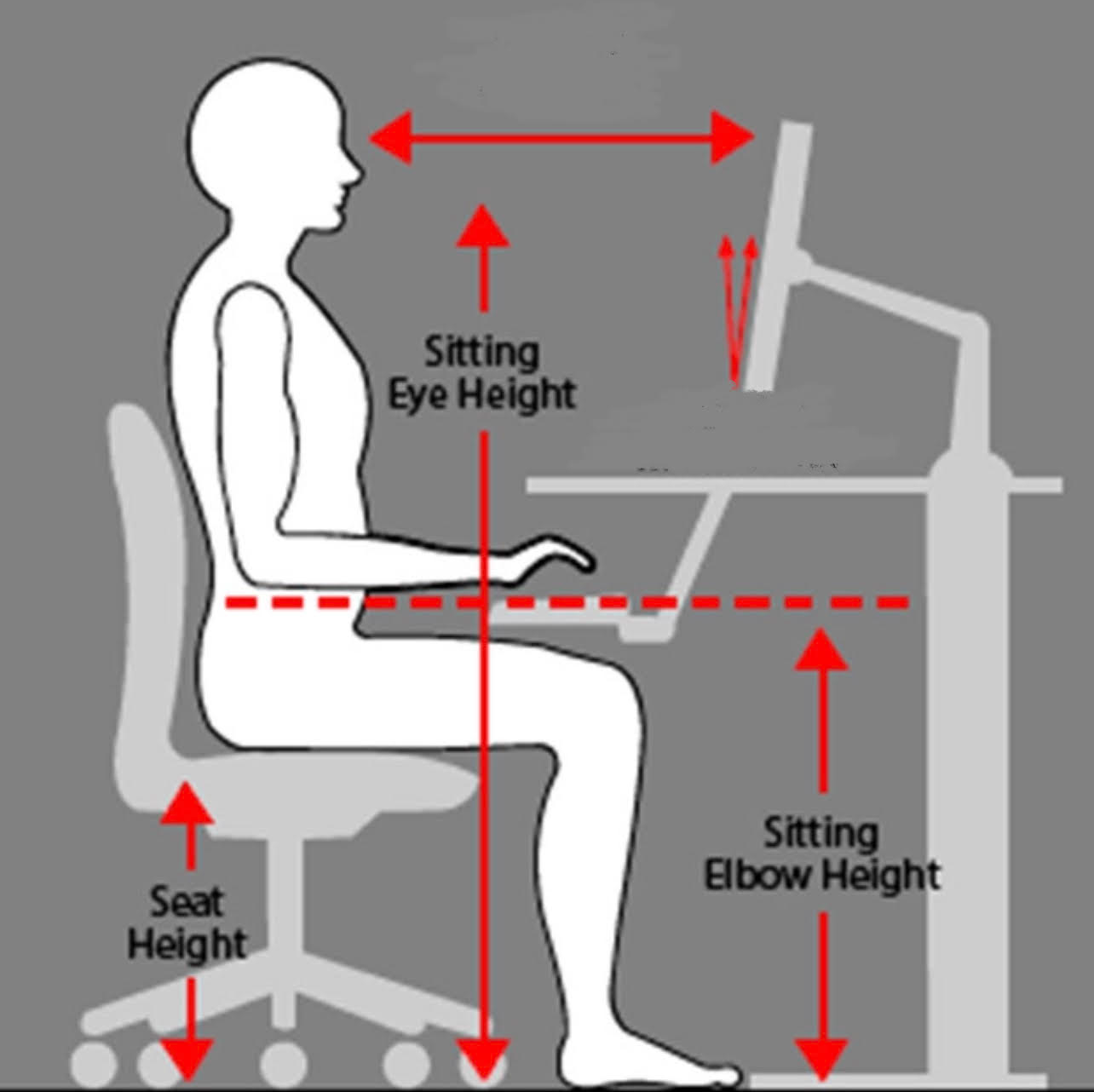
No, I'm not talking about typing GG after an online match or saving often in your favorite RPG. I am talking about making everyday adjustments to ensure gaming is still fun and safe (I'll explain). With the advancement of technology and the wonders of the internet, gaming has grown tremendously since the last time you played duck hunt on the NES. We now have e-sport "athletes" that make income from competitive gaming as well as streamers that make some serious income by entertaining viewers as they play video games. The gaming industry has become even more prevalent especially with COVID-19 quarantines as video games allow an outlet of entertainment and adventure in the comforts of your own home. With the increasing popularity of video games, clinicians in the physical therapy field have seen an increase of unique pathologies caused by prolonged sessions of gaming or computer use.
As a physical therapist assistant (PTA), I have seen various pathologies ranging from pain and numbness in the low back, neck, shoulder, elbow, wrist, and hand. I have also seen these symptoms in athletes and desk job employees. The majority of these patients typically have one thing in common and that is poor postural awareness. Sustained poor postures can cause compression of our nervous system presenting as pain in the areas mentioned above. Making very simple adjustments to your gaming set up whether that be at your $4,000 gaming rig or casual couch console it can prevent bills from the doctor and the frustration of pain.

I like to use the 90 degree rule with your elbows at 90 degrees, hips at 90 degrees, and knees at 90 degrees with feet flat on the floor. It is difficult to maintain good upright posture without being fatigued so using items such as a lumbar roll behind your low back (small of your back) can greatly assist. Using a lumbar roll for your back is easy in a computer chair however on a couch it can become more difficult. Using a thicker pillow and lumbar roll behind your back for console gaming at the couch might be a more ideal set up. Screen placement (TV or monitor) is very crucial as well. The screen that you use for gaming must be as close to eye level as possible and straight in front of you (not caddy cornered). This is typically easier for TV's as TV mounts are more popular now. With monitors, raising your screen higher and placing books underneath the monitor will encourage good posture.
The other thing I tell my patients is that it must be comfortable. If you are upright and comfortable then congratulations game on! However if you are uncomfortable make some adjustments to allow for comfort in a more upright position such as adjusting your lumbar roll position. We cannot maintain 100% upright posture for very long but if we can make 80% upright posture comfortable with adjustments mentioned above then you can save a lot of suffering and health care expenses associated with prolonged gaming sessions.
About the Author:

